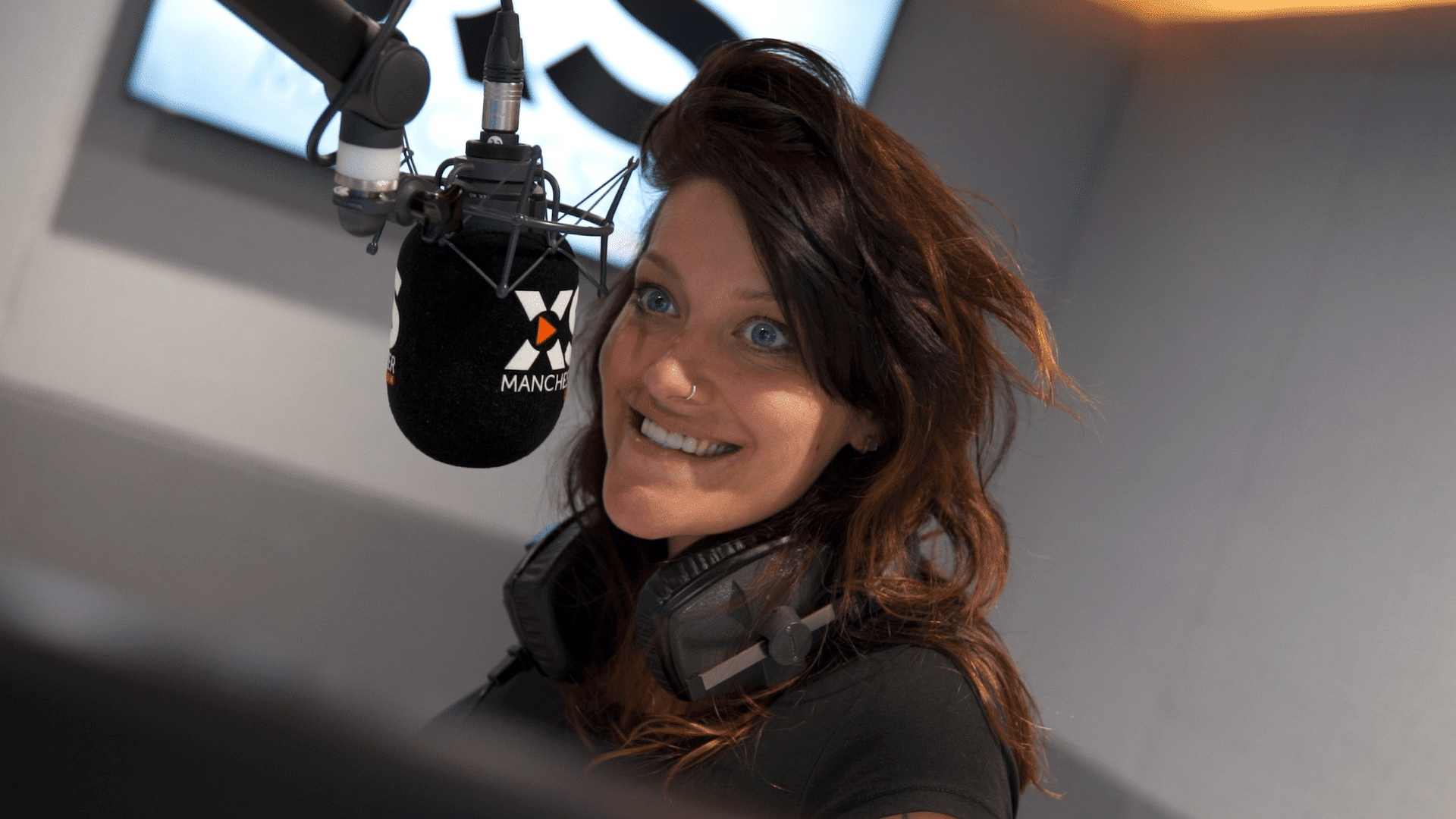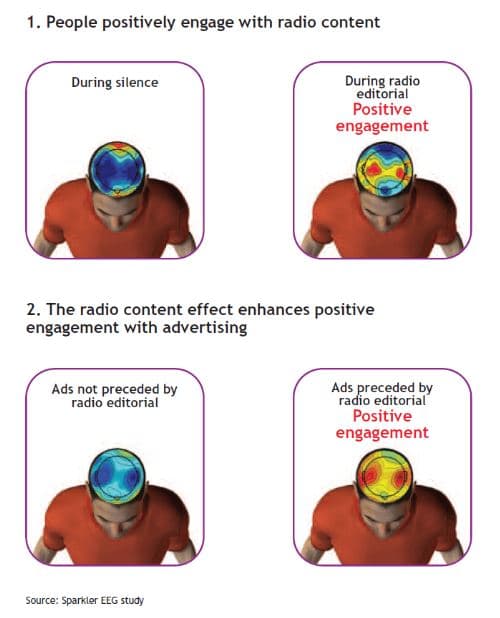
Radio – The Mood Booster
In testing times, radio is a great outlet for people to come together and process what is going on collectively. The familiar voices of presenters and relatable music can provide both a distraction and reassurance.
A recent study by Radiocentre has discovered that radio boosts consumer happiness and receptiveness to brands. Media predominantly exists for entertainment; people use all kind of media to make themselves feel happier. In turn, a happy person is more likely to respond to advertising in an instinctive way. Throughout this short article we will look at the ‘feel-good’ factor of the medium, and how it affects consumer engagement.
The Effect of Music
The notion that music can influence your thoughts, feelings and behaviours is not new. If you have ever felt an attachment or emotion whilst listening to a song, then you will understand the power of music and how it impacts mood or even inspires an action. Even as I write this, I am listening to music, fast-paced, easy-listening music that helps me concentrate and keeps me settled when writing.
According to Very Well Mind’s recent article, the medium is highly powerful and not only can it boost mood, it can also influence other therapy-esque qualities linked to mood such as improving cognitive performance, reducing stress, improving memory and even helping you eat less.
So, is it any wonder that radio is a mood booster? What does radio have? Plenty of music!
Radio and Brand Receptiveness
According to Radiocentre, radio generates the highest happiness and energy levels of the three main media outlets (TV, radio and online). The mood-boosting effect of radio editorial extends into the ad break, generating 30% higher levels of positive engagement with radio advertising. So, for advertisers’ radio represents a unique and powerful opportunity to reach consumers in a positive frame of mind, when they will be more receptive to advertising messages.
The EEG study shown below backs this statement up by physically showing the high levels of engagement in the brain, whilst the bottom image shows how those levels of positivity extend to radio advertising when preceded by radio editorial.

These findings are particularly important for brands whose aim is to improve positive brand perceptions, therefore it should definitely be considered within the media mix with something of a similar positivity position such as TV advertising. This will then ultimately gain maximum impact for your campaign!

